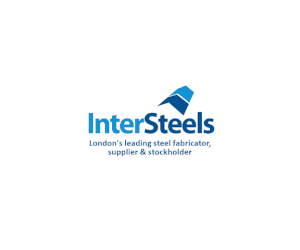The decision is expected to have major implications for passive fire protection – often making up 5–15% of a building’s internal systems – where liability has traditionally been muddled.
The firm said it was taking the bold step to ease mounting liability pressure on contractors and designers as they grapple with the complex demands of the Building Safety Act and Principal Designer duties.
The plasterboard and drylining specialist says it will now be legally accountable for the technical design information it issues – marking a shift in how risk is shared across the supply chain.
Head of specification Steve Warriner said: “We’re proud to be the first manufacturer to formally accept design responsibility for the systems we help to create. The need for clarity and accountability has never been greater.”
He added: “For too long, risk has cascaded unchecked across the supply chain. Taking ownership of the information we issue is the right step forward – not just for our customers, but for the wider industry.”
The move comes amid mounting financial pressure on firms. Siniat’s own research found 65% of contractors are being squeezed by the cascading of design risk, with some shedding jobs or going under.
Siniat will back up the shift with clear design documentation, technical reports, and guidance for contractors and duty holders to help navigate Gateway 2 compliance.
Warriner added: “Regulatory change has been rapid and necessary. But it has demanded a new level of scrutiny. This is about being accountable, supporting safer buildings, and challenging the status quo.”

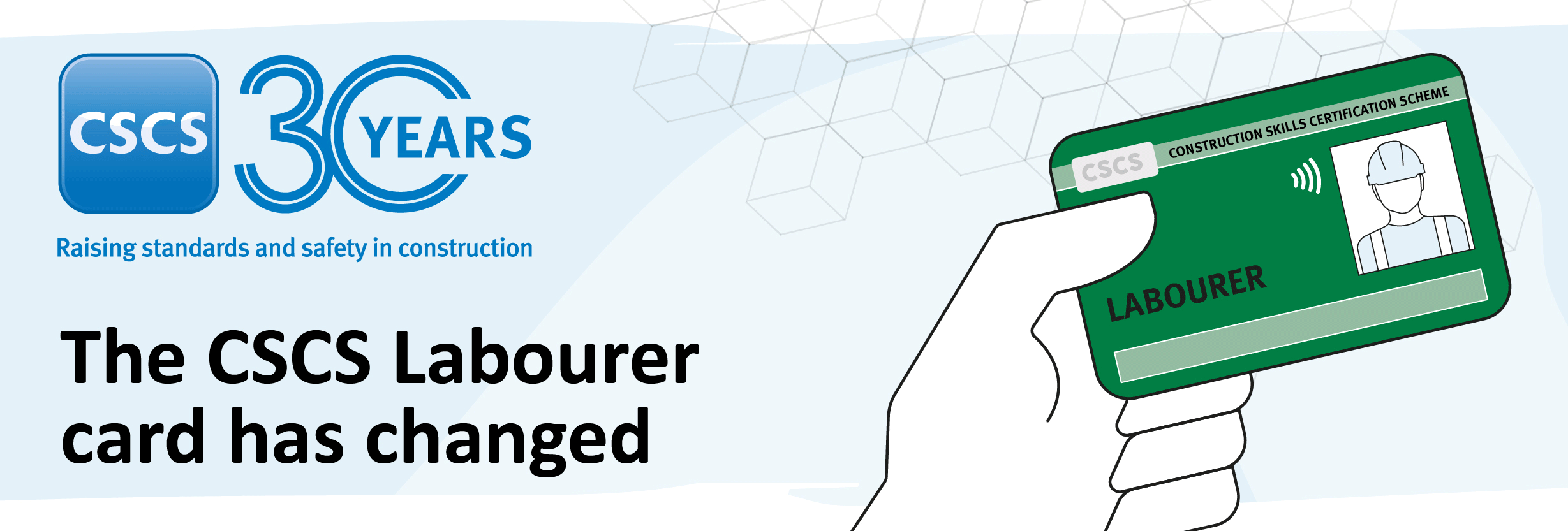



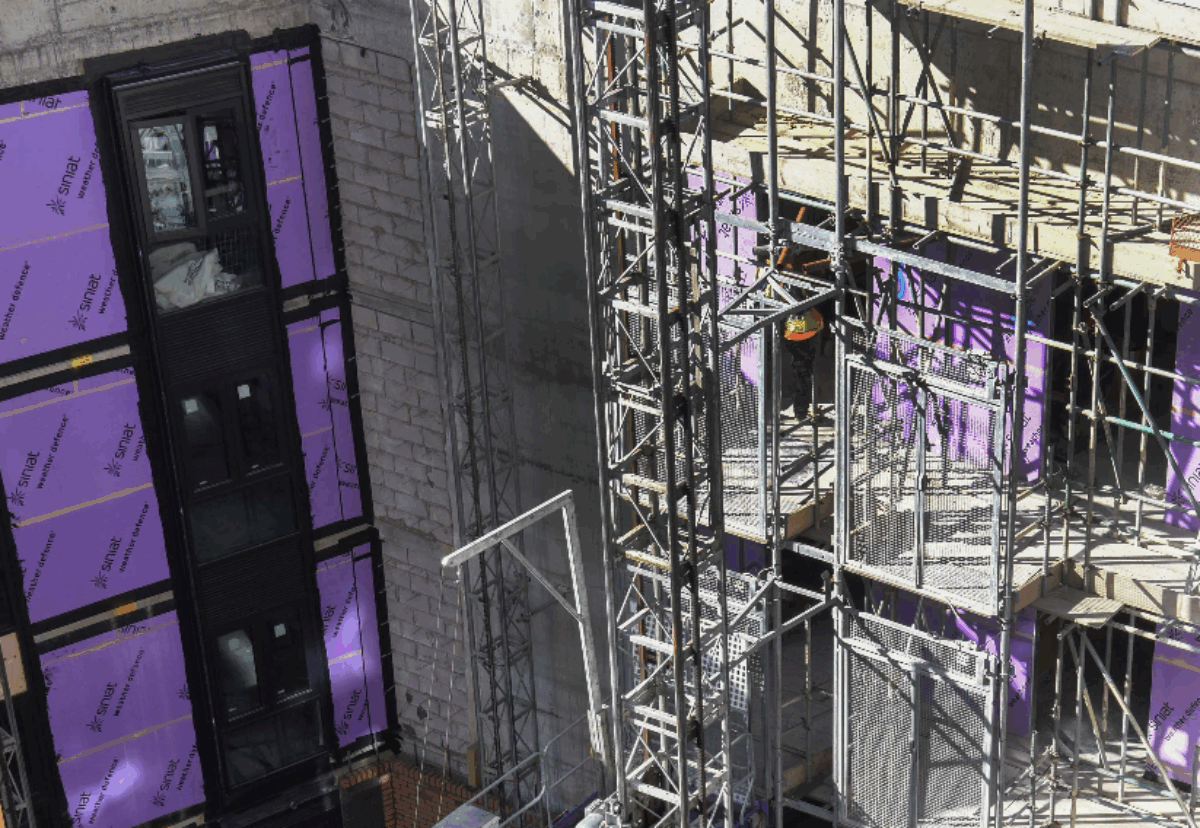
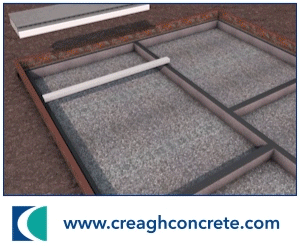



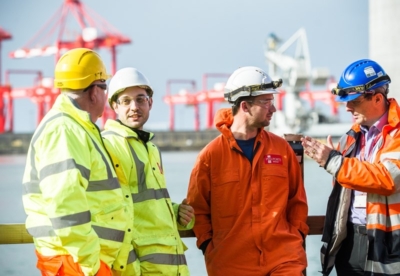
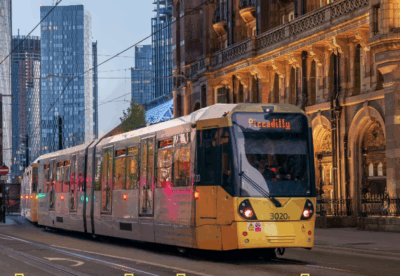








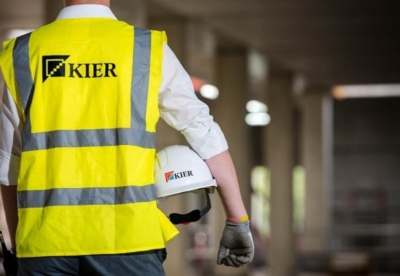


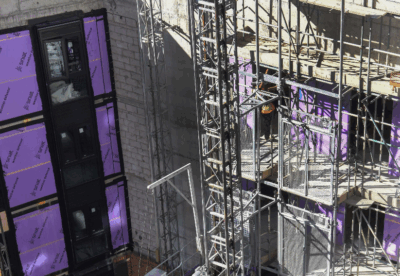
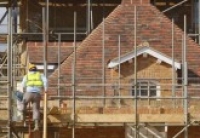
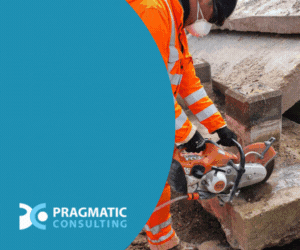
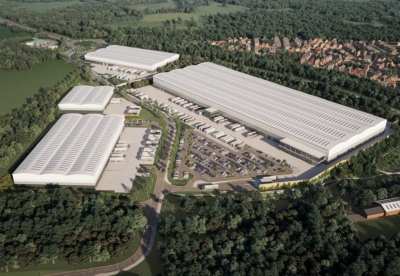
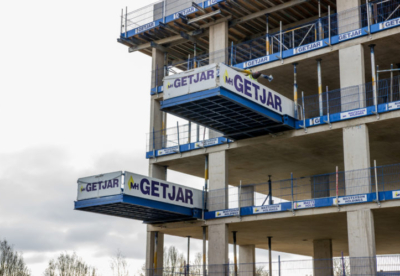



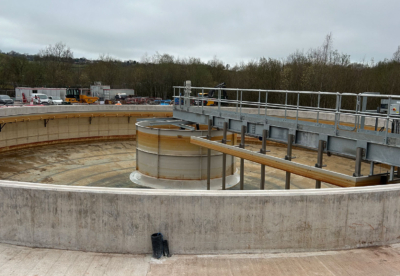
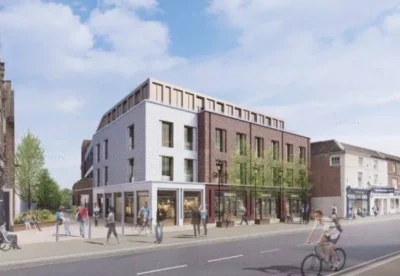


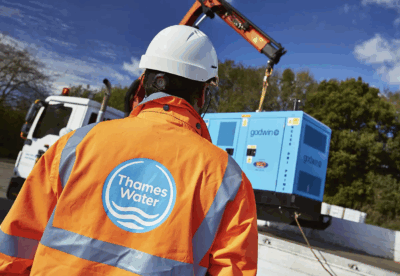

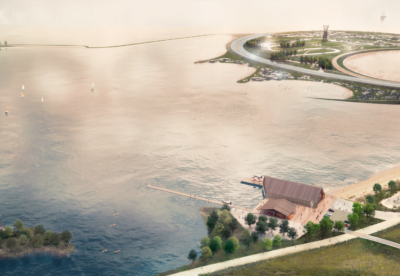

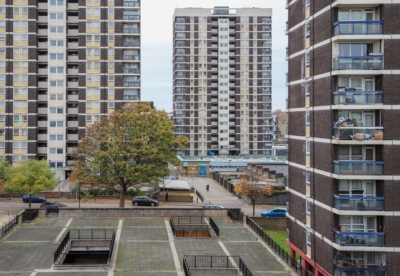



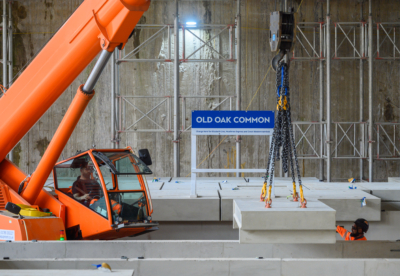

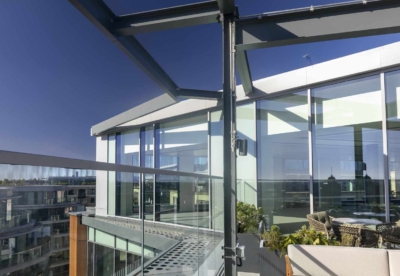



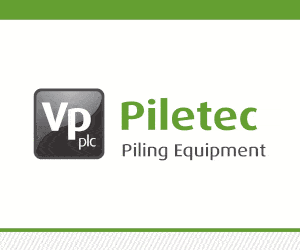


.gif)

